Air compressors equipment, today, are worksite staples. A variety of industries conduct day-to-day operations via air-powered tools, and an air compressor’s electrical freedom is highly sought after by decision makers. Many don’t require a motor for use, and temporary sites—like festival and fairgrounds—benefit greatly from their pick-up-and-go design.
Serving uses in individual toolkits and industrial production sets alike, air compressor equipments are useful for powering paint sprayers, finish nailers and impact wrenches. Power and versatility are an air compressor’s chief benefits, but every product contains a slew of options for diverse projects. Regardless of your project’s scope, location or requirements, an air compressor can accommodate for most tasks.
When selecting air compressor equipment, however, you should take the following considerations. Follow this guide below, and select the perfect air compressor to meet your workplace’s needs.
Air compressor equipments are available in three types. While each is useful, each offers features specific to different work needs.
Reciprocating Air Compressor Equipment
A reciprocating air compressor uses positive displacement to boost air pressure. By limiting air volume, a reciprocating air compressor equipment creates between one and 15 hp. These air compressors are available in one-stage and two-stage versions.

Rotary Screw Air Compressor Equipment
A rotary screw air compressor is a positive displacement compressor offering continuous duty via interior cooling. Rotary screw air compressors, because of their high sustainability, don’t need external cooling. Internal parts are always spared from extreme operating temperatures, granting them access to outputs between 7.5 and 100 hp.

Centrifugal Air Compressor Equipment
Centrifugal compressors don’t require positive displacement to operate. A high-powered option, the centrifugal compressor maintains a constant output above 100 hp. Worksites requiring continuous demand benefit greatly from centrifugal air compressor equipments.

Additional Options
While air compressor equipment type refers to a worksite’s direct workflow needs, additional options are available for decision makers needing diverse solutions and flexible services. Air compressors are available in different designs, spanning across size, weight and portability. Once you’ve selected the perfect compressor to meet your project’s needs, consider the following options.
Portable Design
Portable air compressors are easy to transport. They’re lightweight, and they can be mounted on industrial carriages pulled upon two to four wheels. A portable air compressor, capable of being taken anywhere, powers air tools across many work environments. A portable unit doesn’t need an extra-long hose, and it is often a reciprocating unit requiring less power. Compared to its larger counterparts, a portable air compressor requires significantly less resources to run.

Stationery Design
Stationary air compressors, while unmovable, offer significantly more power than portable units. Crafted to serve long-term projects, a stationary air compressor offers incredibly CFMs. They do, however, require a particular installation. Often, the operator must drill a stationary unit’s hose through a wall, mounting it above the work area. High-end rotary screw compressors are often stationary units.

Towable Design
Towable compressors, meanwhile, are often located on jobsites or in forestry projects. Towable units, mounted atop trailers, are paired with steel chassis and galvanized canopies to complete heavy duty projects. Often bound by a simple connection, such as a lifting eye hitch, towable air compressors can be equipped to any sizable work vehicle. Typically, towable compressors create between 14 and 327 hp.

Truck Mounted Design
Truck mounted air compressor equipments are incredibly similar to stationary air compressors. Unlike stationary units, however, they can be transported between job locations without requiring disassembly or reassembly. Large, truck mounted units can power several air tools simultaneously. Environmentally-friendly, many truck mounted units are fully run via electricity. Frequently, these all-electric options grant users cost freedom from lack of fuel needs. Similar to a stationary model, a truck mounted air compressor requires hose access by running equipped hoses from the host truck to the work area.

Air Compressor Specification
When selecting an air compressor equipment, you should consider several specifications. Air compressor operation is governed by a few factors, determining the unit’s usability, value and flexibility. When comparing different models, consider the following:
Stages
An air compressor’s “stages” are its number of contained cylinders. When selecting an air compressor equipment, you have two options:
Single Stage
Single stage compressors contain a singular cylinder. Often, they can reach a maximum of 120 psi. Normally used for small shops and households, single stage air compressor equipments are both lightweight and portable.
Multistage
Multistage compressors are constructed to handle multiple pneumatic tools requiring over 120 psi. Harnessing over one cylinder, multistage compressors compress air within an initial cylinder before transferring air into alternative cylinders. Doing so achieves higher power levels, granting higher psi. Multistage compressors do, however, require a cooling component.
Power Source
An air compressor’s power source (diesel driven air compressor engine, gas, electricity) determines its functionality in different areas. A unit can be powered by either gas, diesel or electricity, giving operators different options on a worksite-to-worksite basis. Output is, however, impacted by power source. In general, air compressors are available in three power options:
Gas Driven Air Compressor Engines
Gas-powered air compressors are often portable. They’re a solid alternative in rural areas and worksites not connected to a power grid. Unfortunately, gas-powered units can weigh over 2,000 pounds. While incredibly powerful, gas-powered units generate a lot of noise.
Diesel Driven Air Compressor Engine
Diesel-powered air compressors offer a higher output than gas-powered units, generating between 185 and 1,600 CFM. Typically, a diesel-powered air compressor needs to be mounted or towed. Diesel driven air compressors are, however, incredibly versatile. For this reason, they’re an optimum choice for projects requiring a wide range of tool connections.
Electricity
Electric-powered air compressors are incredibly common. Often lightweight and compact, electric models are ideal for enclosed-space projects. Requiring a standard wall socket for operation, electric models are highly viable for residential projects. That said, units producing higher CFMs may require higher voltage from a larger power source.
When selecting an air compressor equipment, take provider options into consideration. Swift Equipment Solutions is outfitted with the design options, portability and high-powered units you need. Constantly checking inventory options, Swift Equipment Solutions is constantly outfitted with the options your worksite needs. Jumpstart your project today, and take advantage of the industry’s leading performance options.
If you’re looking for new surplus or certified used diesel air compressors, Swift Equipment Solutions is the supplier you need. Take a look through our product listings or get in touch with us on +1-713-903-7775 or sales@swiftequipment.com with any queries or concerns that we can help you address.

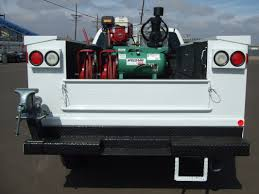

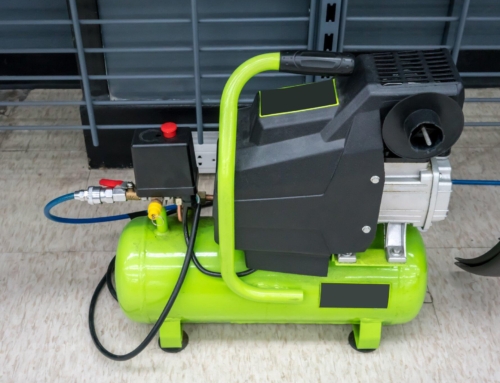
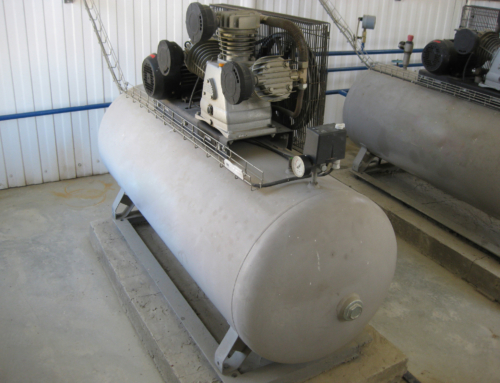
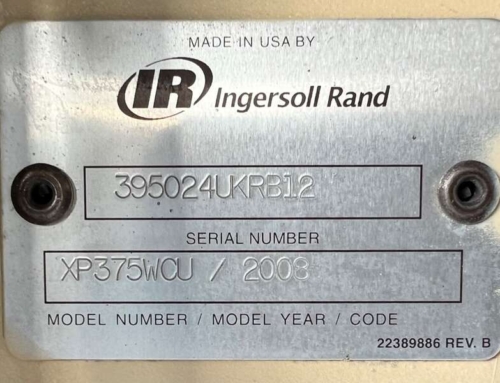
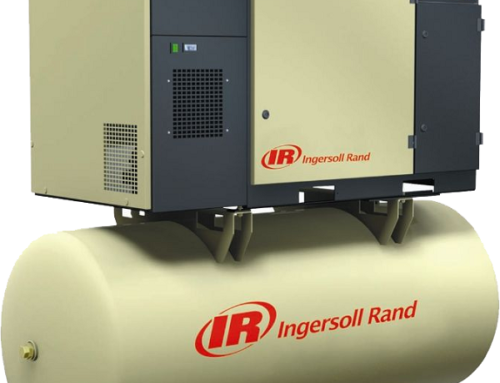
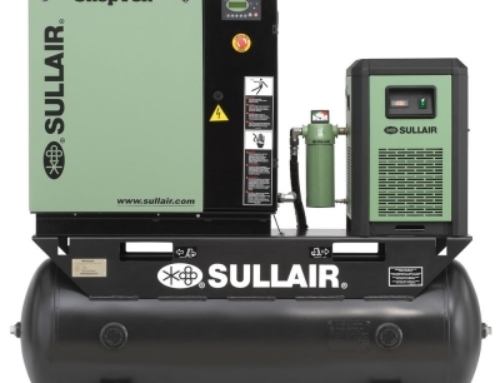
Leave A Comment